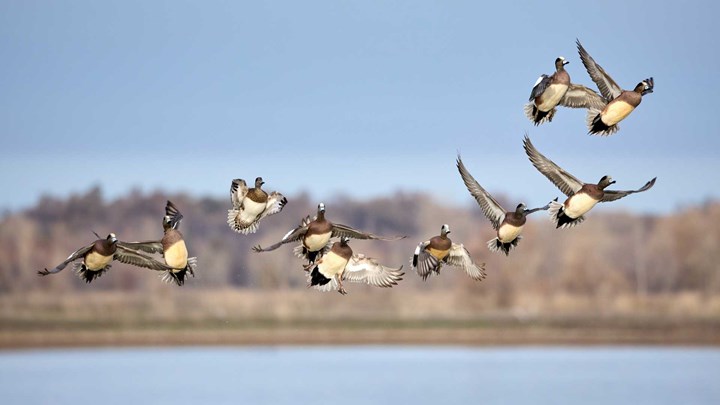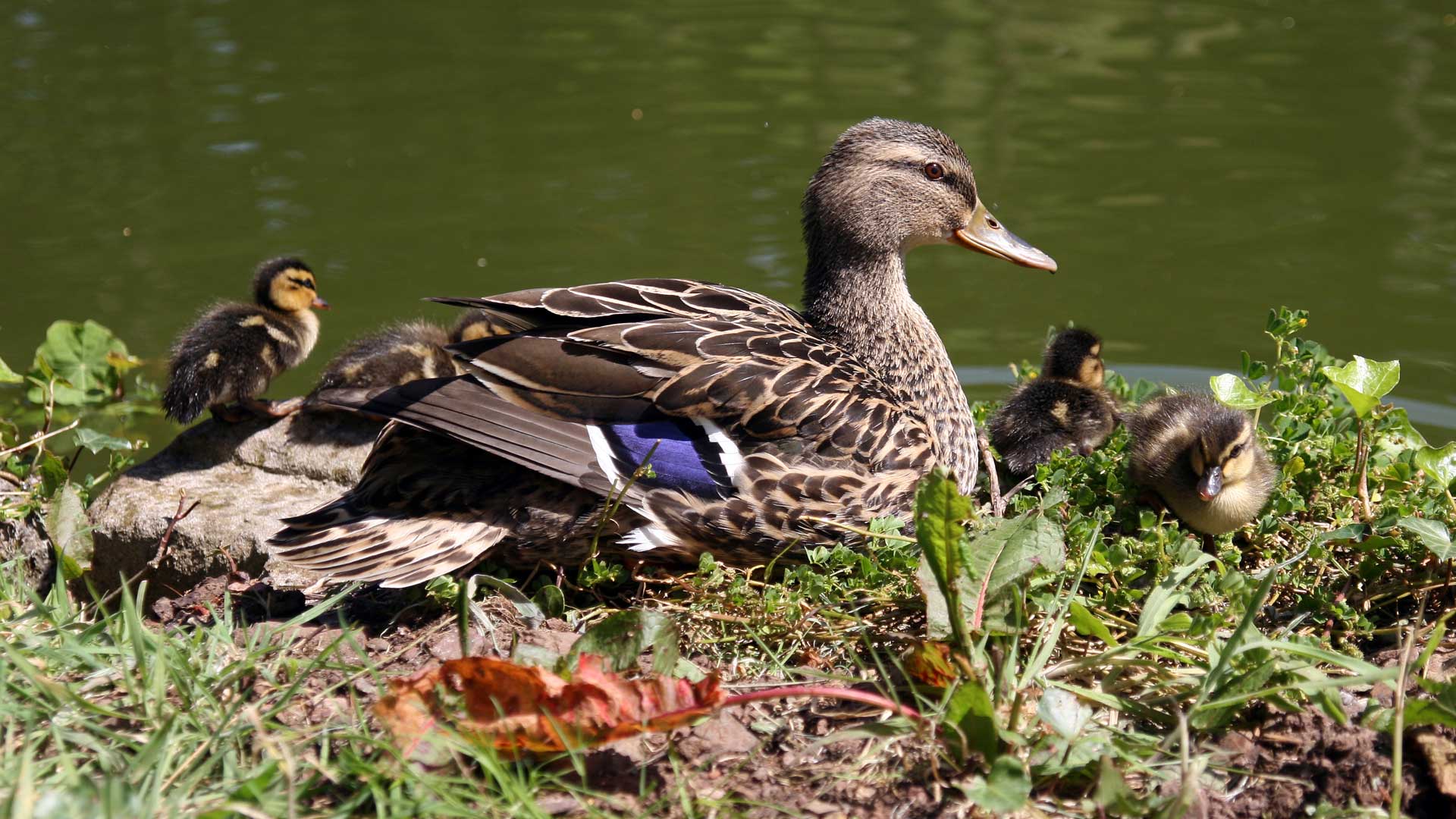
by Mark Chesnut - Friday, August 23, 2024

American duck hunters—especially those who like to hunt American wigeons and mallards—might just have a better season this fall and winter based on a new report from the U.S. Fish & Wildlife Service (USFWS).
The 2024 Waterfowl Population Status report estimated a 5% increase in ducks in its standard survey areas compared to last year—the first annual increase since 2015. The total duck population estimate was 34 million birds, up from last year’s 32.3 million estimate.
“Habitat conditions during the 2024 WBPHS [Waterfowl Breeding Population and Habitat Survey] generally declined over a large portion of the surveyed area relative to 2023,” the report stated. “The majority of the decline,” according to the report, “was in the traditional survey area of the interior Canadian provinces and portions of the north central U.S. Despite above- to well-above-average winter temperatures across the Canadian prairies, winter precipitation was below average and continued into early spring. Well-above-average spring precipitation has fallen but most of this arrived too late to benefit initial nesting.”
The report also said that the U.S. prairies have pockets where habitat quality declined but most areas remained good, with an immense improvement in southeastern South Dakota from winter precipitation.
“Most areas of eastern Canada and the Great Lakes continued to have good to excellent habitat quality since 2023,” the study noted. “Minnesota and portions of Ontario and Quebec had vast improvements whereas the only substantial habitat decline occurred across Maine, which was mainly from excellent to good conditions.”
Many who keep a close eye on waterfowl numbers from year to year were pleased with this year’s results, especially in light of the not-so-great breeding conditions on the prairie.
“This year’s report suggests that some duck populations had better production last year than expected, with good carryover to spring of this year,” said Dr. Steve Adair, chief scientist for Ducks Unlimited.

Wigeons were the brightest bright spot in the survey, with this year’s estimated number 55% higher than last year. Total estimate of wigeons is 2.9 million birds.
Mallards—one of the most popular species with hunters in many areas—were also up substantially from last year. This year’s estimate of 6.6 million was an increase of 8% from the number of birds in last year’s estimate.
Of course, duck numbers are still down from those seen back in the heyday of waterfowl hunting. Despite this year’s increase, overall population levels for most species remain well below the long-term average, likely because of several years of drought in the famed Prairie Pothole Region where many ducks reproduce.
For mallards, this year’s estimate, while higher, is still 16% below the long-term average. Other species and their 2024 estimates in relation to the long-term average include blue-winged teal, down 10%; scaup, down 17%; green-winged teal, up 38%; American wigeon, up 12%; northern shoveler, no change; gadwall, up 11%; northern pintail, down 49%; redhead, up 6%; and canvasback, down 4%.
Still, breeding conditions in some areas are better this year than they have been, which should help with recruitment for the fall migration.
“An increased breeding population of ducks and pair counts, along with wetland habitat conditions that improved throughout May and June with good spring rains across most of the prairies, should help boost duck production,” Frank Rohwer, president and chief scientist for Delta Waterfowl, said in a statement. “We definitely have potential bright spots for duck production in the eastern Dakotas and possibly in Manitoba,” he said. “The spring rains really helped in those areas, as well as parts of Alberta that started the spring quite dry.”
Each spring, federal, provincial and state agencies conduct surveys to estimate the size of breeding waterfowl populations and to evaluate habitat conditions. These surveys are conducted by ground or by airplanes and helicopters, and cover more than 2 million square miles that encompass principal breeding areas of North America. The traditional survey area includes parts of Alaska, Canada and the north central United States, and covers approximately 1.3 million square miles.
E-mail your comments/questions about this site to:
[email protected]
Proudly supported by The NRA Foundation and Friends of NRA fundraising.
